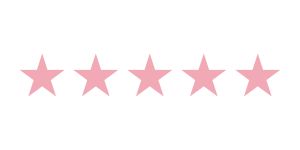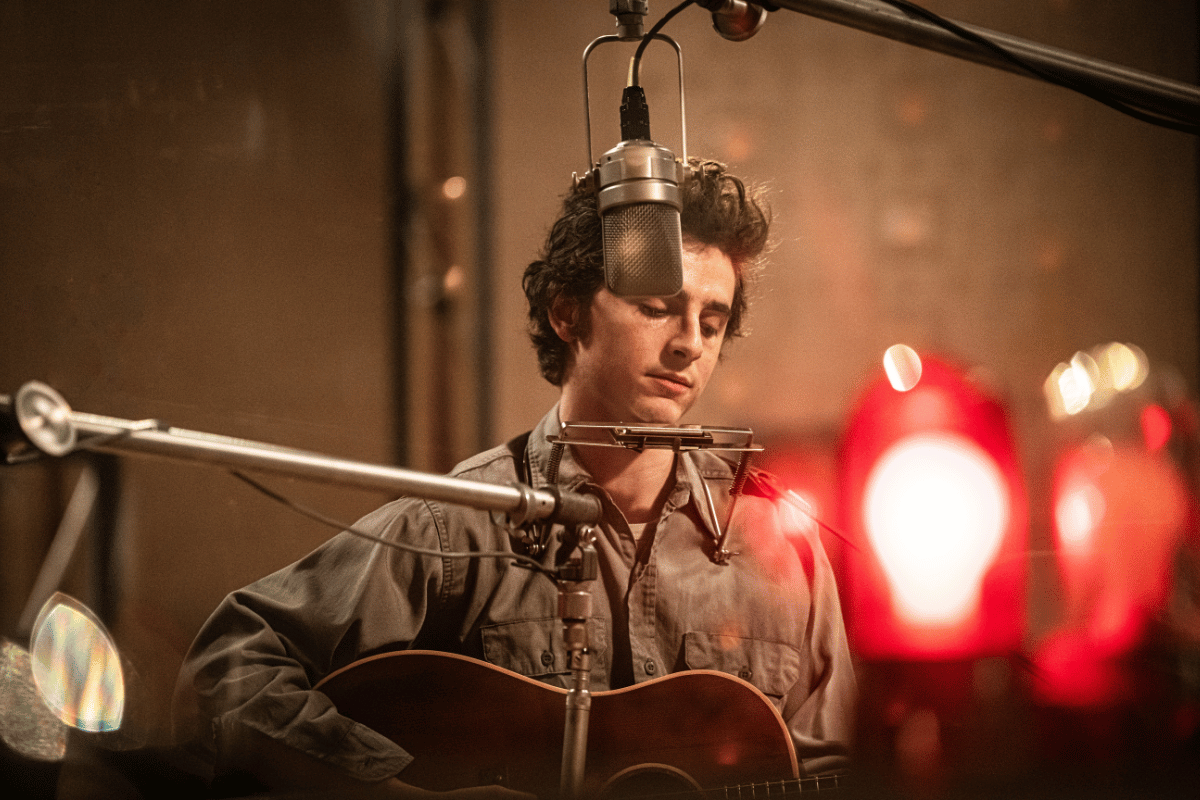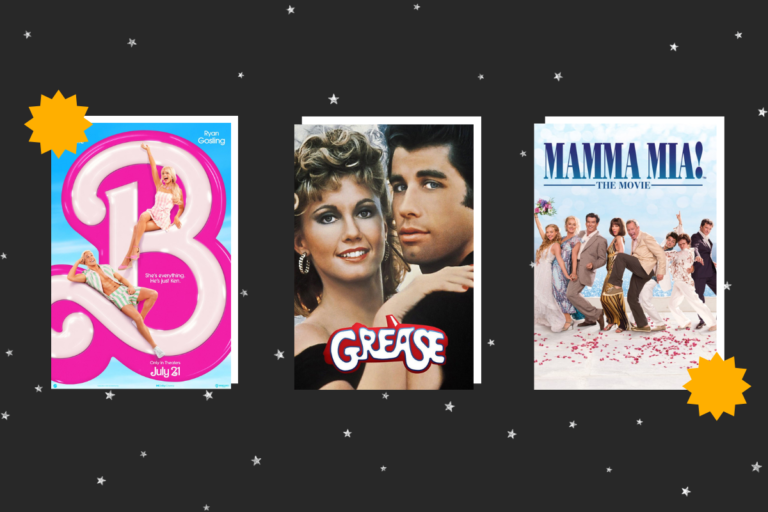Timothée Chalamet is Electric in A Complete Unknown


In the words of Bob Dylan himself, how does it feel, James Mangold, to have made one of the best movies of the year with A Complete Unknown?
We know the talent and the range that Timothée Chalamet has, the young actor had plenty of incredible roles, pulling off complex characters, but he’s never been quite as electric as he is in A Complete Unknown. Directed by Mangold, this film was nothing short of spectacular- every aspect of the cinematography aided the viewer’s assimilation into the eclectic world of Bob Dylan.
Mangold’s film takes place over a span of four years in which Dylan burst onto the scene as a folk artist and tracks him until the 1965 Newport Folk Festival in which “Dylan goes electric”.
Chalamet’s performance of Dylan was masterful and captivating in nature from the moment the film opened with a young Dylan arriving in New York City. Chalamet worked for over five years to perfect his act learning to sing Dylan-esque, play both acoustic and electric guitar and hone in on Dylan’s mannerisms and quirks. Watching didn’t feel like a cinematic experience – it felt as though the events unfolded as if I were a mere bystander – Mangold made viewers feel like they were the movie, rather than watching the movie.
At the beginning of the film, Chalamet is portraying a young Dylan, a vagabond he could be called. The audience can feel the nerves and awkwardness radiating from Dylan in the opening scenes – new to the New York scene he works unconventionally to make his own path. In his case, this meant stumbling into Woody Guthrie and Bob Seger in a hospital room. He forms an unlikely friendship with Seger, and the two work together getting gigs for a young Dylan to perform in bars and clubs. Along the way, he meets Joan Baez with whom he begins a tumultuous, sometimes professional, sometimes romantic relationship despite dating Sylvie Russo.
While the movie follows Dylan’s rise to fame, a large plot point of the film follows the romantic relationships of Dylan with Baez and Russo. Russo introduced Dylan to the NYC scene; she opened his eyes to social justice issues and the world of art in society. Baez however became something of a muse for Dylan, the two toured together, sang duets and constantly created music with each other, creating a close and complicated relationship between the two.
Dylan gains his fame and regard from his performances at the Newport Folk Festival, which is organized by Seger. Dylan performs his songs off his album, The Freewheelin’ Bob Dylan, and returns to New York wanting something different. He begins to explore the rock music scene – after all, until this point, Dylan had always been a solo act, just him and an acoustic guitar. In the mid-1960s Dylan brought a full band into the studio and swapped his acoustic for an electric guitar, and thus Dylan went electric.
The next scene of the movie opens with a newly styled Dylan in a full dark suit, big fluffy hair and dark glasses riding through the streets of New York on a motorcycle with a much darker colour scheme and environment. Dylan burst back out with a new outfit, a new attitude and new rock aspirations. This stylistic choice and the entire shift in the movie are brilliantly executed by the production team, perfectly symbolising the shift in Dylan by darkening the colouring in shots and bringing in a new attitude of Dylan.
This new era of Dylan welcomed songs such as ‘Like A Rolling Stone’ and the entirety of his ‘Highway 61’ album. When the 1965 Newport Folk Festival comes around, Dylan is asked to play, but he’s specifically asked to play his traditional folky Dylan sound songs. But, Bob’s got other ideas.
This brings us to the main conflict of the film – one perfectly executed by Mangold. The buildup and intensity of the final performance at Newport left the audience wondering what Dylan’s next move would be. Would he stay true to his art and perform his new rock-sounding songs or will honour Seger’s wishes and play his folk catalogue?
The shots leading up to the final performance perfectly emulate the questioning and tense feeling that was at Newport. No one knew what Dylan was going to do.
Before the show, wearing a dark suit and his iconic glasses Dylan walks on stage, electric guitar bumping his stomach with each step he takes towards the mic. As the world collapses around Dylan, with fans booing him and Seger visibly angry, Dylan continues to play true to his art through it all. The dismal collapse after this final performance is mostly ignored by Dylan and the film ends with Dylan saying his final goodbye to Woody Guthrie and riding his motorcycle off into what Mangold alludes to being his distant future.
A Complete Unknown is a phenomenal cinematic triumph – a perfect culmination and collaboration between actor, director and production.







